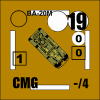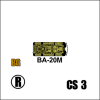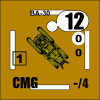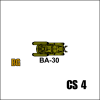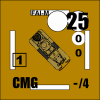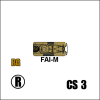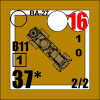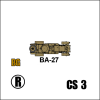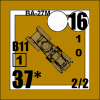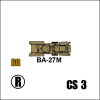Vinnie
See Dummies in the index
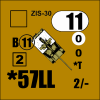
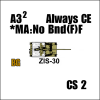 37a ZIS-30:
37a ZIS-30:The ZiS-30 was one of a few hastily designed armoured fighting vehicles created by Soviet industry shortly after the German invasion during Operation Barbarossa in 1941. In August 1941 Grabin's design bureau at the Gorky plant no. 92 mounted the 57 mm ZiS-2 (Russian Ordnance Note 9) gun onto the chassis of a Komsomolets artillery tractor (Russian Vehicle Note 46.1). Only around 100 were produced.
For its era, the ZiS-2 gun was one of the most powerful dedicated anti-tank guns available.
The mounting on the Komsomolets was relatively simple, essentially cutting out the driving area enough to allow the carriage to be placed into the hole, and then cutting off the rear of the carriage so it did not overhang the back of the tractor. The result left the gun with a relatively wide angle of fire, but swinging it to its extremes placed the breech well off the side of the vehicle. Wooden running boards on either side of the rear deck could be folded out to provide working area for the gunner and loader when the gun was swung in this fashion.
Although the drivers were protected under light armour, the gunner and loader were protected only by a light gun shield on the front of the breech. They were completely exposed on the sides and rear, and the relatively high profile of the deck made them easy targets.
† The crew is treated as unprotected through the vehicle side and rear turret covered arc.
† The Main Armament may not Bounding (First) Fire as indicated by "*MA:No Bnd(F)F" on the counter.

